The movement of raw materials is at the heart of every industrial process. From grains in agriculture to cement in construction and chemicals in manufacturing, industries depend on bulk material handling systems to transport, store, and process large volumes of loose or granular products efficiently. Unlike manual material handling tools, which rely heavily on human effort, bulk systems are engineered to manage enormous loads seamlessly, ensuring safety, consistency, and cost efficiency.
This guide explores what bulk material handling is, the systems used, its role across industries, and why it’s essential to modern operations.
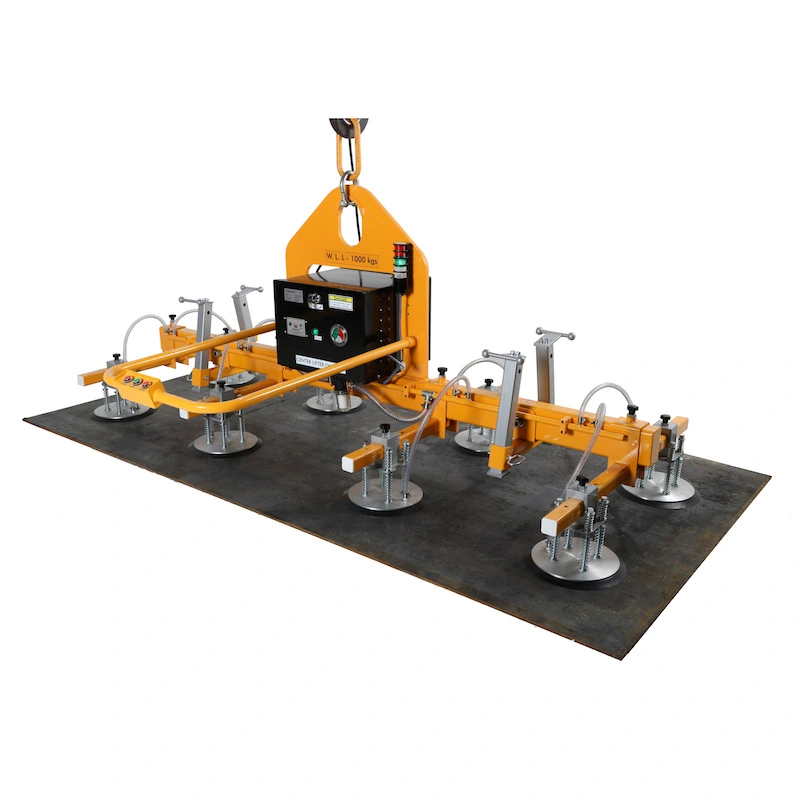
Table of Contents
ToggleDefining Bulk Material Handling
Bulk material handling refers to the automated or semi-automated process of moving, storing, and controlling materials like ores, grains, coal, cement, or powders in large quantities. These materials are generally loose, granular, or free-flowing and require specialized material handling equipment such as conveyors for material handling, cranes and hoists, forklifts, silos, and hoppers.
For broader context on the subject, you can review What Is Material Handling? Types, Equipment, Functions, Safety, and Warehouse Optimization.

Core Equipment Used in Bulk Material Handling Systems
- Conveyors for Material Handling
Belt, screw, pneumatic, and bucket conveyors are widely used to move bulk solids over long distances or within facilities. - Cranes and Hoists
Ideal for heavy-duty lifting of bulk items like steel, cement bags, or stone blocks. For stone industries, block lifting clamps are critical for safe and efficient handling. - Forklifts for Material Handling
Frequently used in warehouse material handling equipment operations for transporting pallets of bulk goods. - Bulk Storage Systems
Silos, hoppers, and bins designed to hold large quantities of material securely. - Vacuum Lifters and Slab Lifters
Useful in industries like stone fabrication and construction for bulky and heavy loads—see slab lifters and vacuum lifters as examples.
Advantages of Bulk Material Handling
- Efficiency and Productivity
Automated bulk systems handle massive volumes faster than manual alternatives, making them integral to industrial material handling solutions. - Safety Improvements
By reducing human contact with heavy loads, risks are minimized. It’s important to follow safety standards, including attire such as avoiding loose clothing when working near moving systems. - Cost Reduction
Though the upfront investment in automated material handling systems is significant, the long-term savings from reduced labor and fewer errors are considerable. - Consistency
Automated systems reduce spillage, waste, and human error, ensuring precise handling.
Applications of Bulk Material Handling Across Industries
- Material Handling in Construction
Cement, gravel, and sand require bulk conveyors and cranes. Innovations like the vacuum paver lifter streamline the installation of heavy pavers. - Material Handling in Logistics and Warehousing
Bulk packaging and palletized goods often require forklifts, conveyors, and overhead material handling systems. - Material Handling in Food Industry
Grains, sugar, and flour are moved using sanitary conveyors and pneumatic bulk systems. - Pharmaceutical Material Handling Systems
Automated systems ensure compliance and precision in managing powders and fine chemicals. - Heavy-Duty Material Handling Solutions
Industries like mining and steel depend on cranes, hoppers, and carbon stacking cranes—compare carbon stacking cranes vs. traditional cranes to understand efficiency differences.
Automated vs Manual Bulk Material Handling
- Automated Systems: Faster, safer, and capable of handling extreme volumes. Best suited for large-scale industries.
- Manual Material Handling Tools: Lower upfront cost, more flexible for small-scale tasks, but less efficient.
This aligns with the ongoing debate of automated vs manual material handling, where the choice depends on scale, budget, and safety needs.
Design Considerations for Bulk Material Handling Systems
When planning a bulk system, businesses must evaluate:
- Material Characteristics (density, abrasiveness, moisture content)
- Flow Requirements (continuous vs intermittent)
- Safety Standards
- Scalability and Maintenance Needs
Engaging the right material handling equipment manufacturers or system suppliers ensures efficiency, compliance, and durability.
Workforce Impact
While automation improves efficiency, it also reshapes labor dynamics. Training is required for employees to operate and maintain these systems effectively. Explore further in How Does Material Handling Impact the Human Labor Force?.
Safety in Bulk Material Handling
Despite automation, human oversight remains critical. Material handling training programs, adherence to safety standards, and awareness of risks reduce accidents. As with all handling tasks, safety reminders such as avoiding loose clothing and understanding system hazards are essential.
Conclusion
Bulk material handling systems form the backbone of industries dealing with large quantities of raw or finished materials. From conveyors and cranes to vacuum lifters and forklifts, these systems combine efficiency, safety, and scalability. Whether in warehousing, logistics, food processing, or heavy industry, the right system ensures smooth operations and long-term cost benefits.
As industries continue modernizing, bulk systems increasingly integrate into automated material handling systems, reinforcing their role as the foundation of industrial efficiency.
✅ Related Reading:

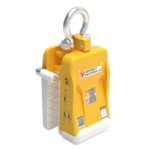
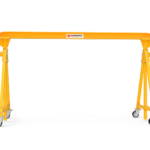
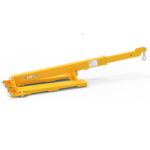

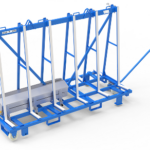



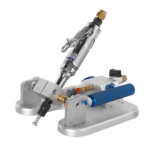


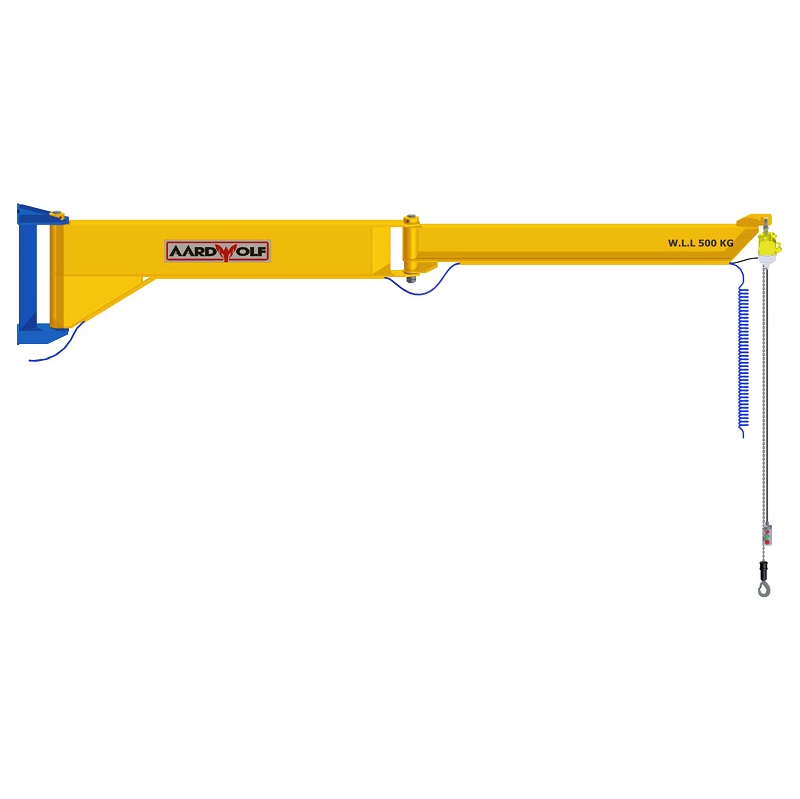
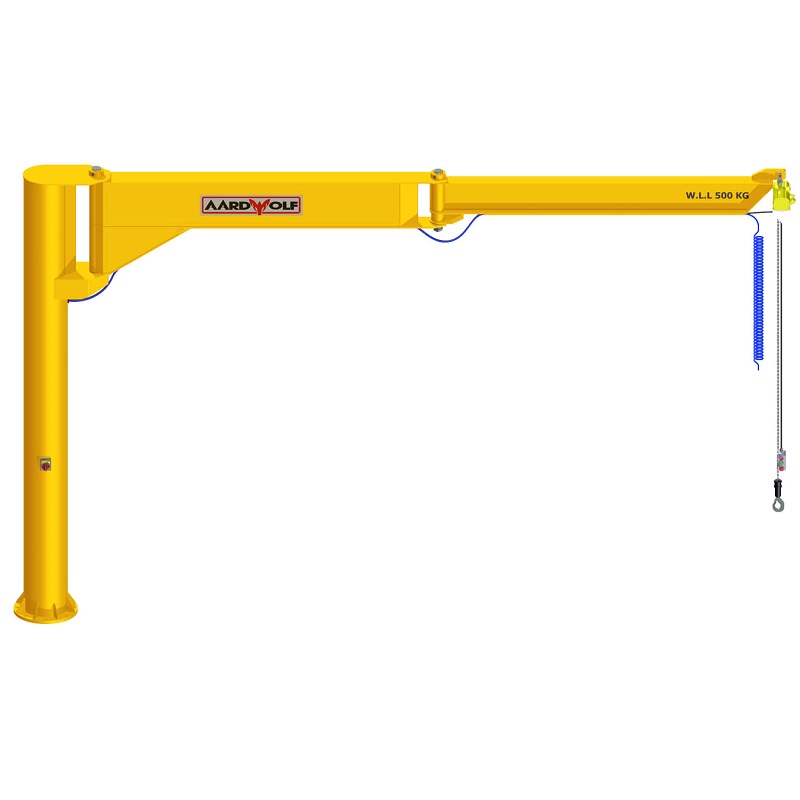
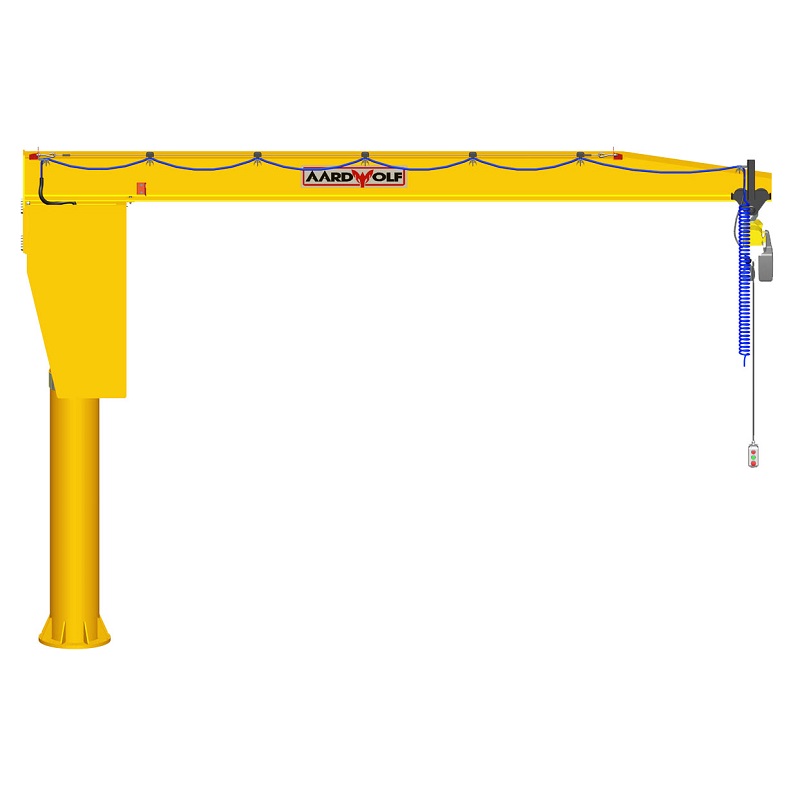


Please log in to leave a comment.